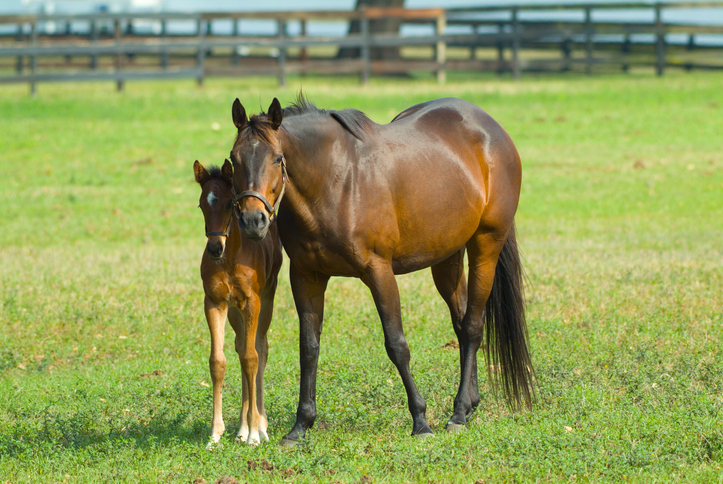The issue of racetrack incidents has been plaguing the Thoroughbred racing industry, stirring debates and pushing for improvements in regulations and safety measures. While these are commendable steps, they often miss the mark by focusing on symptoms rather than the root causes. In the heart of this dilemma lies the overlooked yet pivotal role of selective breeding.
Selective Breeding vs. Commercial Breeding: Where We’ve Gone Wrong
The Speed Trap: A Dead-end Street
In the current commercial breeding landscape, the buzzwords are speed and marketability. These traits push auction prices to astronomical levels but often fail to consider the horse’s long-term track viability. Selective breeding, however, aims to reconcile speed with stamina, marketability with health.
The Show Dog Syndrome: A Cautionary Tale
The pitfalls of prioritizing appearance over health are well-documented in the world of show dogs. It’s high time we applied these lessons to Thoroughbred racing, steering away from short-term glamour to long-term wellness through selective breeding.
A Shallow Gene Pool: The Quiet Crisis
Commercial breeding‘s short-sighted objectives have led to an alarmingly narrow gene pool. We’re essentially photocopying weaknesses generation after generation. Selective breeding, on the other hand, broadens the genetic spectrum, creating a robust lineage less prone to breakdowns.
The Promise of Selective Breeding: Robustness and Resilience
Unlocking the Benefits: What Selective Breeding Offers
Selective breeding is about intentional, informed choices. It expands genetic diversity and paves the way for horses with enhanced health profiles, making them less susceptible to the chronic issues plaguing the industry.
Hybrid Vigor: The Best of Both Worlds
Selective breeding promotes the merging of diverse gene pools, a concept known as hybrid vigor. This genetic cocktail not only ensures resilience but also minimizes the risks of racetrack breakdowns.
Balanced Linebreeding: Diversity in Harmony
Selective breeding is not about abandoning linebreeding but achieving a more balanced, thoughtful approach. By not putting all our eggs in one genetic basket, we can produce horses that excel in a variety of attributes.
Steps for Actualizing Selective Breeding
Transparency in Selection: No Room for Unsoundness
Clear, transparent criteria must be set for stallion and mare selection. Selective breeding strictly vetoes the inclusion of unsound horses, which unfortunately find their way into commercial breeding programs.
Industry Incentives: The Carrot Approach
Let’s incentivize selective breeding. Whether through tax incentives, grants, or awards, encouraging stud farms to adopt selective breeding practices can revolutionize the industry.
Conclusion: A Pivotal Moment
Selective breeding presents us with a fork in the road. One path leads to a more sustainable, ethical, and resilient Thoroughbred racing industry. The other? Well, we’ve been down that road, and it’s fraught with risks we can no longer afford to take.
Call to Action
The time for selective breeding is now. Get involved, educate others, and let’s push for a paradigm shift in the Thoroughbred industry. Your voice can be the catalyst for a more ethical and sustainable future. Let’s stop treating symptoms and start addressing root causes through selective breeding.

